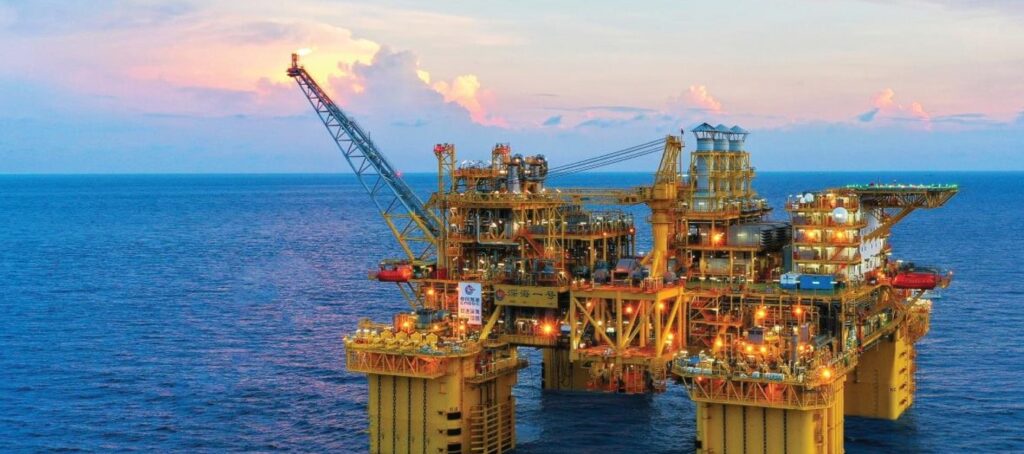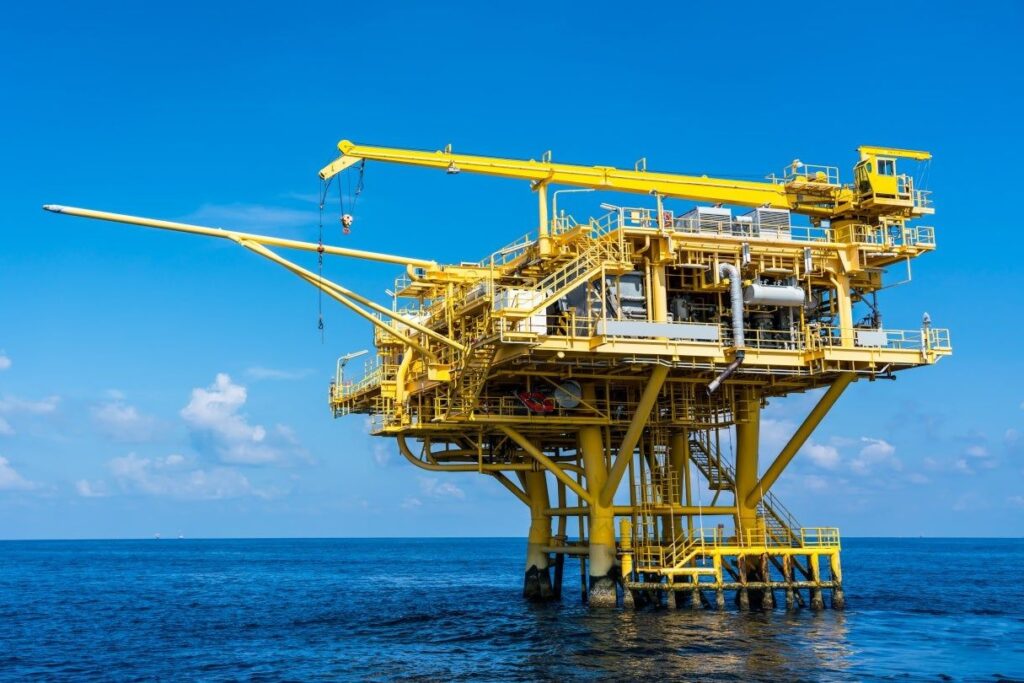China’s state-run offshore oil and gas giant, CNOOC, has reached a new milestone in marine engineering with the installation of the largest and heaviest offshore oil platform ever deployed in the Bohai Sea. The massive structure, towering at 22.8 meters and tipping the scales at over 20,000 tons, marks a new chapter in China’s push for offshore energy self-reliance and engineering excellence.
The platform was successfully positioned at the Kenli oil field, located in relatively shallow waters at a depth of about 20 meters. The Kenli field itself holds significant strategic importance, boasting proven reserves estimated at 100 million tons of crude oil. With this installation, CNOOC not only enhances its offshore production capacity but also demonstrates China’s growing prowess in complex offshore construction projects, an area long dominated by international energy majors.
This landmark development aligns with the Chinese government’s national strategy of reducing reliance on imported energy resources by accelerating domestic exploration and production. As global energy markets face uncertainty, China has tasked its state-owned enterprises, CNOOC chief among them, with bolstering internal supply chains and ensuring long-term energy security.
“Installing this platform is not just about increasing output,” said a CNOOC spokesperson. “It’s about setting new benchmarks in what we can engineer and achieve in our offshore sector. This is a symbol of China’s capability and commitment to sustainable energy infrastructure.”
In tandem with the Bohai Sea achievement, CNOOC also announced the commencement of production at its Weizhou 5-3 oilfield in the South China Sea. The field, which sits at a water depth of approximately 35 meters, is outfitted with an advanced setup including seven production wells, two water injection wells, and one gas injection well. Production is expected to peak at around 10,000 barrels of oil equivalent per day by 2026, contributing meaningfully to regional output and reinforcing China’s presence in the contested South China Sea.
The Weizhou 5-3 development exemplifies CNOOC’s ongoing strategy of tapping into new offshore frontiers, utilising a combination of advanced drilling technology, reservoir management, and infrastructure scalability to maximise returns from medium-depth waters.
The dual developments follow a banner year for CNOOC. In 2024, the company reported a record-breaking annual oil and gas output of approximately 720 million barrels of oil equivalent, the sixth consecutive year it has set a new production high. This surge in output helped drive an 11.4% increase in net profit for the year, totalling $19 billion.
Despite these achievements, CNOOC has issued a more cautious production outlook for 2025. The company plans to maintain capital expenditure at 2024 levels, signalling a strategic pivot toward consolidating gains rather than aggressively expanding. However, CNOOC executives remain bullish on future growth, particularly in domestic natural gas development.

CNOOC has laid out plans to direct a substantial portion of its 2025 capital expenditure toward domestic exploration, particularly with the goal of sustaining and increasing crude oil reserves while simultaneously boosting natural gas production. A major focus will be on the development of gas “mega-regions”, strategically important zones estimated to contain more than three trillion cubic meters of gas.
These efforts reflect a broader trend in China’s energy policy, where the emphasis is shifting towards cleaner-burning fuels such as natural gas while continuing to shore up oil supply stability. CNOOC is expected to play a central role in this transition, leveraging its deep expertise in offshore development and access to strategic fields across Chinese territorial waters.
CNOOC’s growing footprint in areas like the Bohai and South China Seas also carries geopolitical implications. The company’s ability to deploy infrastructure at scale in contested or strategically sensitive regions underscores China’s broader ambition to assert control over critical maritime zones and secure energy routes in the Asia-Pacific region.
As CNOOC continues to push technological boundaries and deepen its energy reserves, it is also responding to growing pressure, both from the Chinese government and international stakeholders, to pursue greener, more efficient forms of extraction and energy use. While oil and gas remain central to the company’s core business, CNOOC has also begun investing in offshore wind, carbon capture technologies, and low-carbon energy transition projects.
In short, the company’s latest offshore engineering triumph is not just a technical accomplishment, it’s a signal of intent. With record-setting infrastructure, robust output, and a long-term strategic vision, CNOOC is positioning itself not just as a key player in China’s energy future, but as a potential leader in the global offshore energy landscape.



